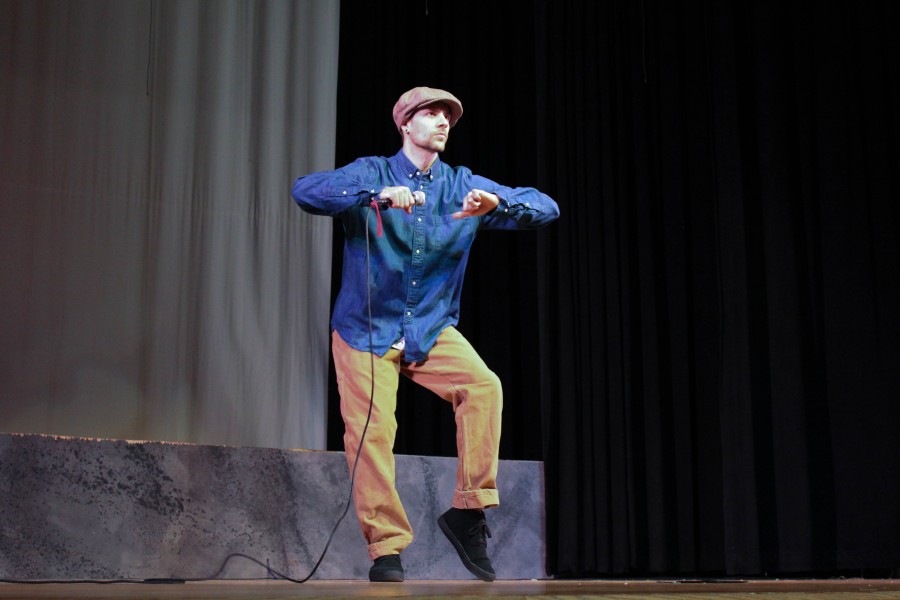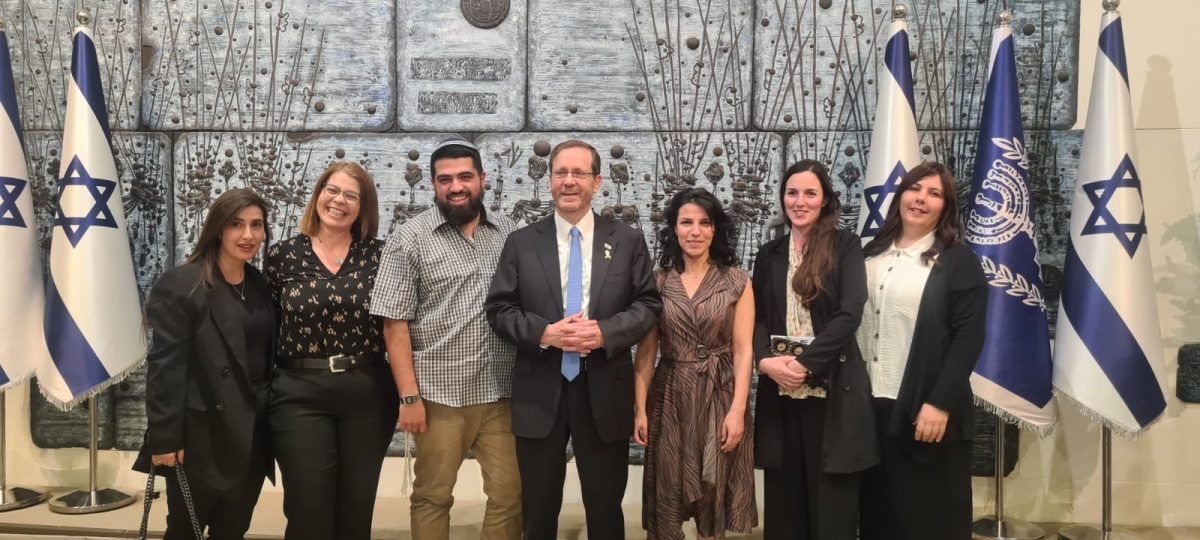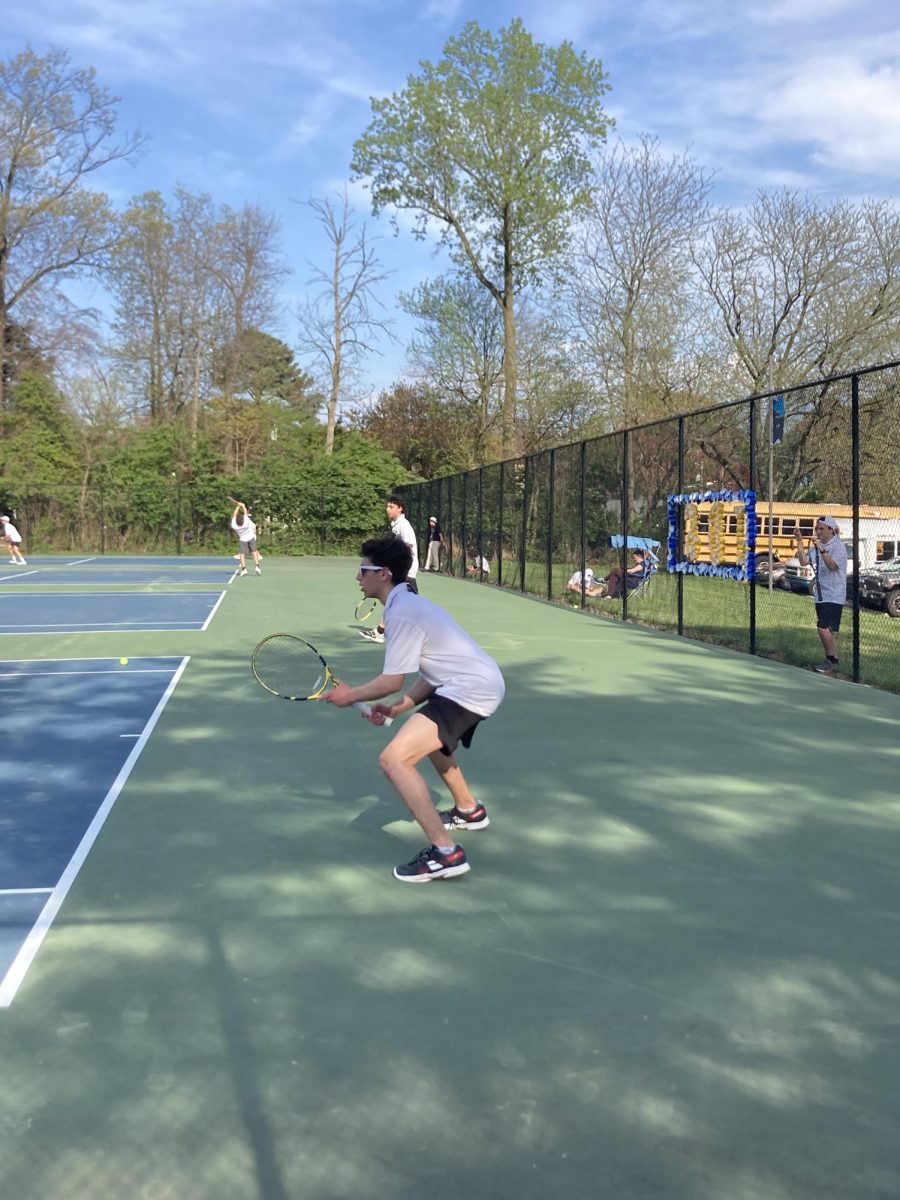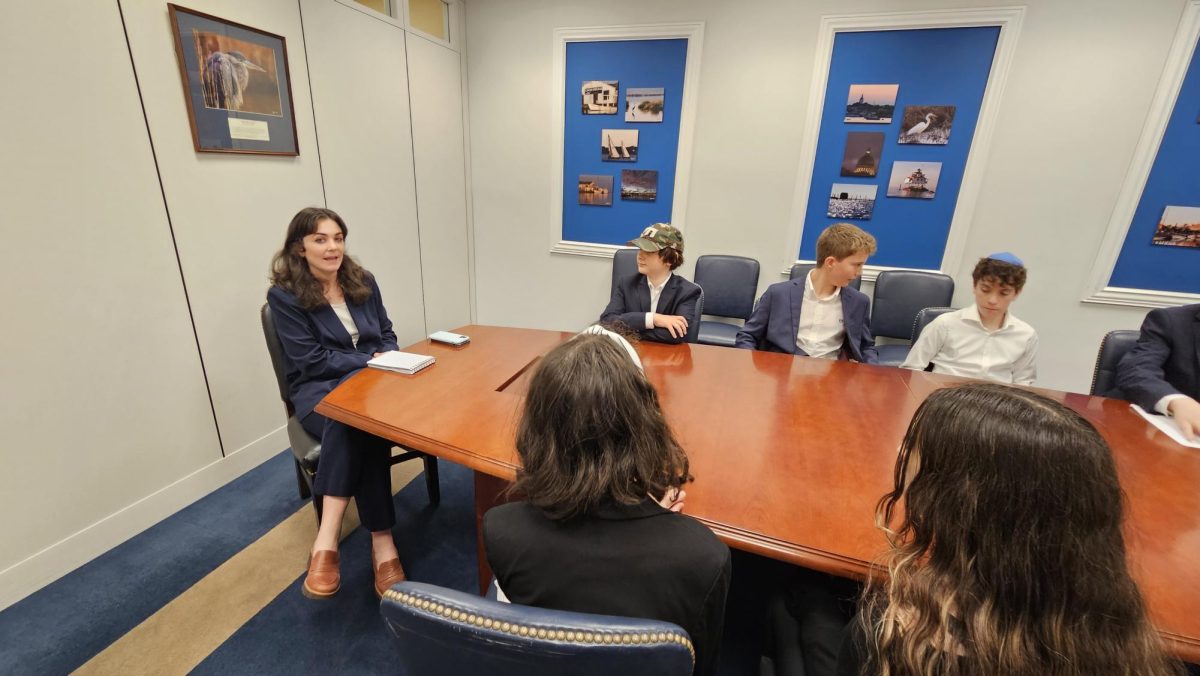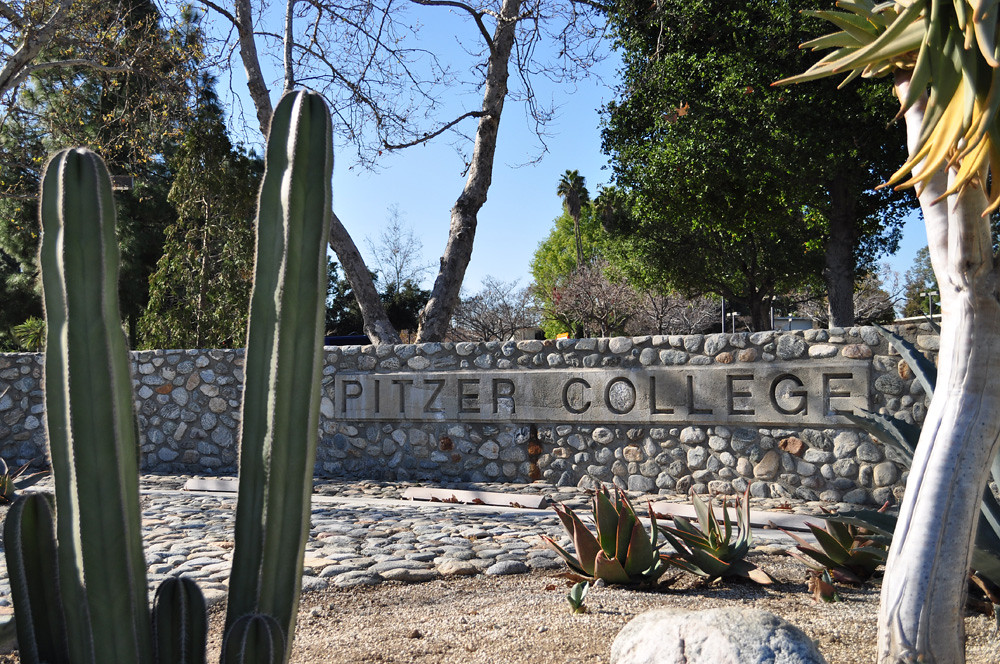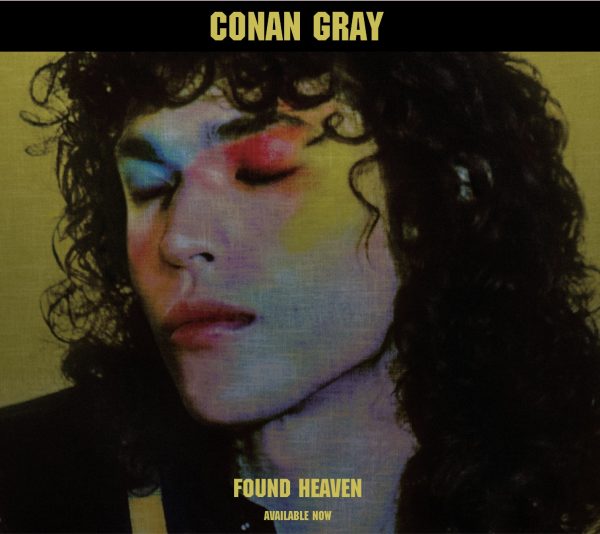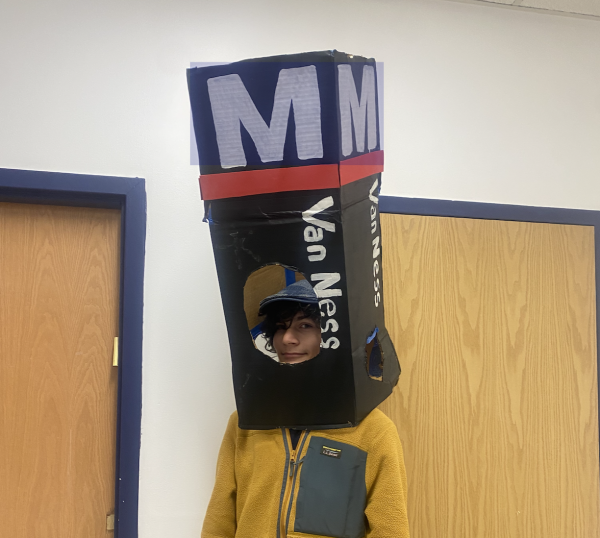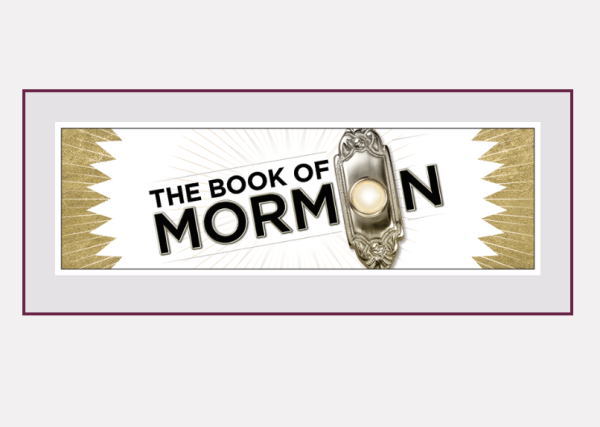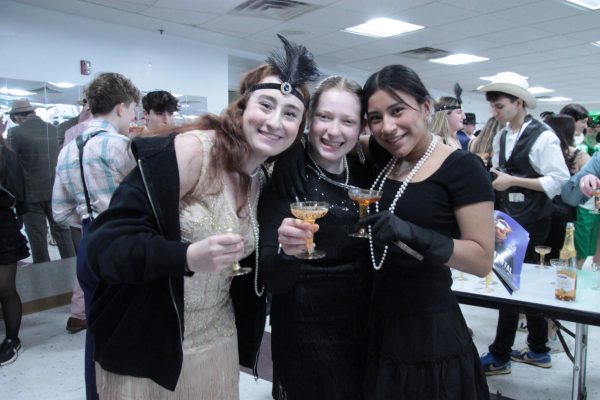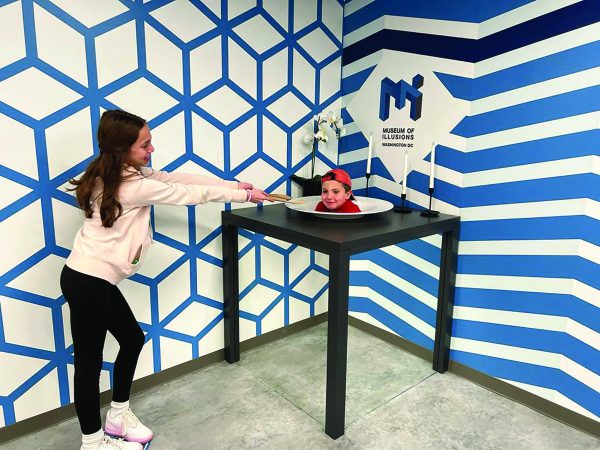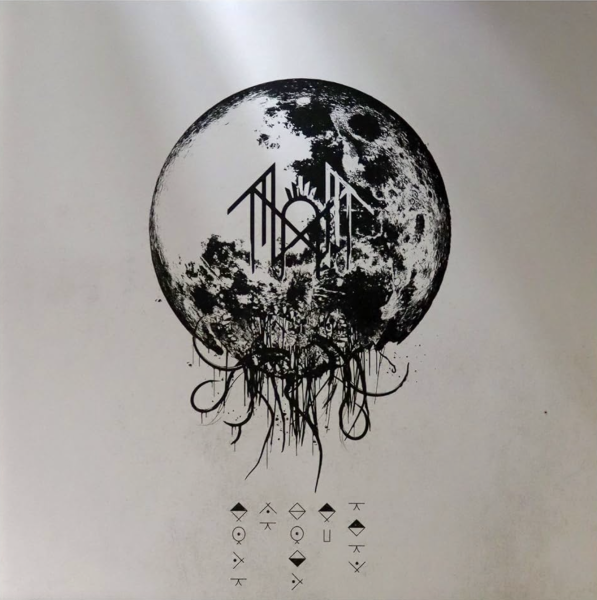Dancing through the decades
‘Urban Artistry’ teaches the roots of urban dance
February 28, 2016
The monotony between Presidents’ Day Weekend and Spring Break was broken by the engaging and dynamic urban dance assembly on Wednesday, Feb. 25.
The whole school urban dance assembly, organized by Director of Arts Education David Solomon, was an extension of the ninth grade’s performing arts workshops and allowed the entire school to experience the group. Performers of the Urban Artistry Inc., a nonprofit performance company, displayed different types of dance as well as provided the historical context of the moves.
Solomon believes this assembly was a success because students were able to learn, engage and push themselves in a fun and exciting environment.
“On the one hand it felt like one big dance and one big party, but in addition it was a very effective lesson because we did not realize how much traditional education was going on,” Solomon said.
Solomon also recalled his favorite moment of the assembly: when students were invited up onstage to dance in front of their peers. He praised Urban Artistry for their success at creating a safe environment for the students to express themselves, and hopes that every student feels comfortable dancing.
“This group set it up so well that dancing was cool, and the students who were onstage were fearless, they were awesome,” Solomon said. “It must have been a fantastic feeling when they were being cheered on by their fellow students. And, you know, they were rockstars for doing it.”
Urban Artistry Education Director Ryan Webb said that one of their main goals is to achieve exactly what Solomon and the CESJDS community experienced: a place for people to step out of their comfort zones and grow.
“We just want to be well-rounded people in general,” Webb said. “We want to be fearless to try everything that we can and just be what we want to be.”
Junior Joseph Gelula, one of the students who participated in a dance battle during the assembly, said he worried after the assembly about what he could have done better and “making a fool of himself.” Gelula, however, found the community to be very supportive both during and after the event by cheering and congratulating him.
“I’m not going to be able to live this down, but maybe that’s not such a bad thing,” Gelula said.
The assembly taught Gelula not only about the history of different genres of music, but how to have stage presence and feel a greater sense of self-confidence. He said dancing in front of his peers helped him present his true self.
“I’m really happy with what I did and I’ve got a lot of positive feedback,” Gelula said. “Overall I’m proud of myself. ”
Solomon believes that education in dance is just as important as traditional aspects of education, like reading and math.
“Gestures, speech, sound, image are also languages every bit as powerful, if not more powerful than words and numbers,” Solomon said. “When you look at dance and you look at how movement can communicate ideas, that’s another language, another form of communication that you’re opening students to.”
Additionally, Solomon said that many students will go through their whole educational career without being exposed to dance, so being able to show students this form of art is a huge achievement.
“To me, that’s a successful assembly,” Solomon said.


